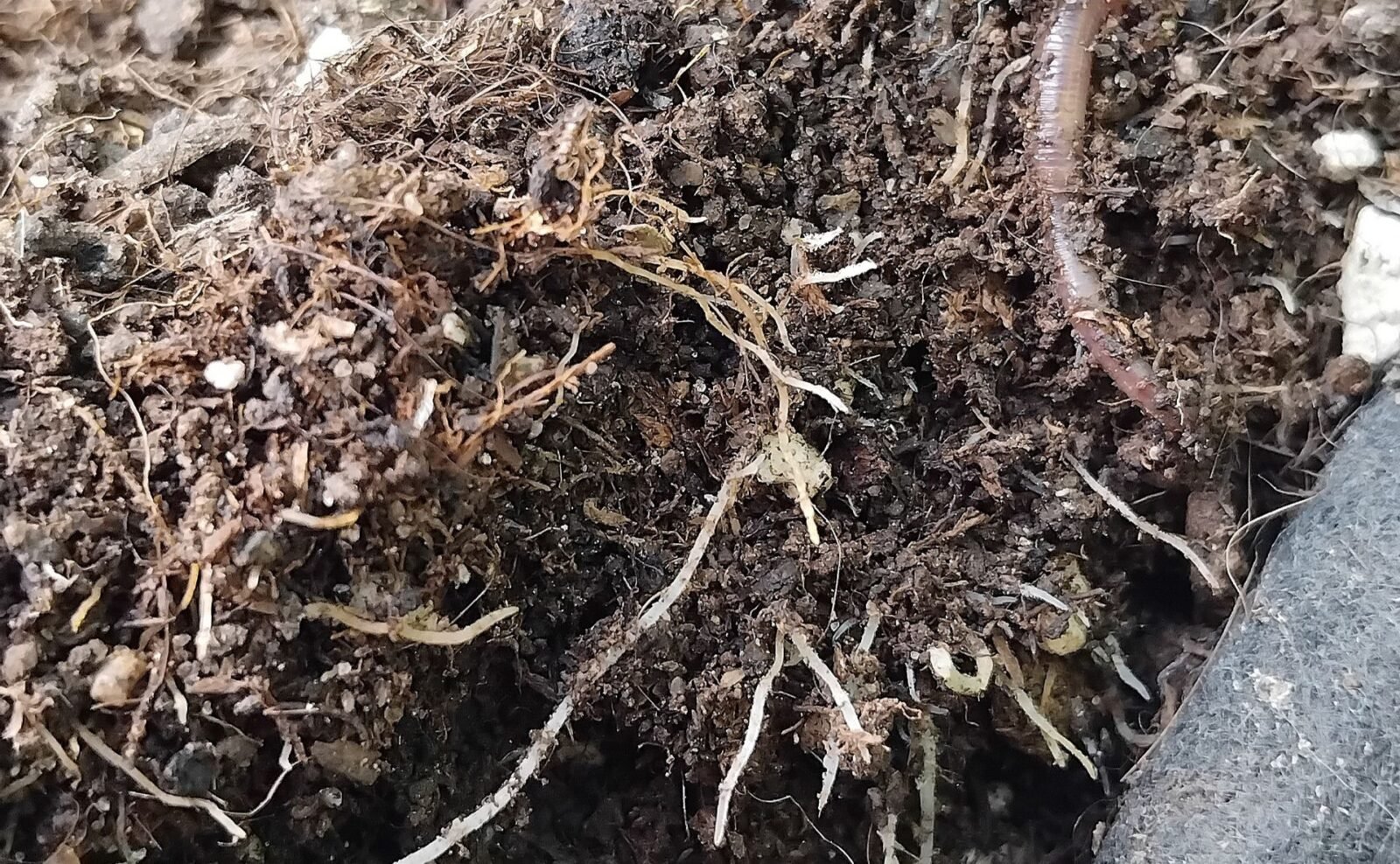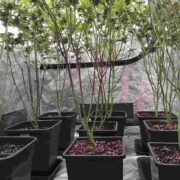Gold Header Ad
reserve your ad herePlatinum Header Ad
reserve your ad hereWhen it comes to growing high-grade cannabis, the growing medium that is used is one of the most crucial factors for achieving a successful crop. If you are a first-time grower, there are several factors to consider to achieve the ideal growing medium, which will promote optimal root growth, nutrient uptake, and availability. In this article, I will provide 10 top tips to help you on your way to providing your plants with the best growing medium and giving them the best chance in life.
Aeration
One thing about roots is that they love to grow into air pockets. The more oxygen present in your growing medium, the faster the rate of root development. A great way to ensure you have the ideal amount of aeration is to use perlite at a 30-40% ratio, which also allows the medium to dry out more quickly between waterings.
Drainage
Ensuring that you have sufficient drainage between waterings will play a significant role in maintaining root health and preventing overwatering. Waterlogged growing mediums can become a breeding ground for harmful bacteria and also promote root rot, which can lower the pH of the growing medium. Perlite is a good way to enhance drainage quality, or you can also add an inch layer of hydroton clay balls at the base of your pots.
Using Worms
I am a massive fan of using freshly harvested worm castings that contain worms. By adding worms into your growing medium, the soil will become aerated as they crawl around. It will also deposit nutrients and beneficial microorganisms back into the soil for the plants. Avoid using worm castings that have been stored for extended periods, such as those in bags that feel flat and compressed. Also, refrain from letting bags of worm castings sit in the sun, as this can cause them to become too hot.
Coco Coir
Made from the fibers of coconut husk and washed and treated, coconut coir is one of the easiest growing mediums to work with. If you want to grow with soil, consider adding 30% coco coir to the soil to enhance aeration, drainage, water retention, and provide an oxygen-rich environment for the roots to thrive in. Avoid buying cheap, dry, and compressed coco coir blocks, as these will often contain a high amount of salts and can affect plant early growth and development especially when growing autoflowering weed plants.
Wicking Ability
When watering, you will want the growing medium to wick water and nutrient solution slowly. A top-quality growing medium will be able to draw water from the top to the bottom, without the concern of overwatering your plants, and causing pressure to build up on the roots. Coco coir mixed with soil is one of the easiest ways to improve the wicking quality of your medium.
Nutrients
As your cannabis plants grow from the seedling stage until flowering., they will require higher amounts of nutrients. By making sure there are plenty of hard foods already present, your plants will be able to access what they need accordingly. I would recommend mixing worm castings and compost with perlite and soil to maintain optimal nutrient availability.
Beneficial Microorganisms
There will be millions of beneficial microorganisms present within a teaspoon of soil. It is the microbes, bacteria, and fungi that will feed the plants through a symbiotic relationship. Compost and worm castings are rich in beneficial microorganisms, which significantly improve soil health and help combat harmful pathogens and diseases. Feeding your plants aerated compost tea has a high number of benefits and will boost plant growth and yields.
Soil
When taking a trip to your local garden center or grow shop, the amount of soil on offer can be overwhelming for a first-time grower. Many soils will be packed with nutrients, and in some cases, can actually cause your seedlings or clones to burn.
My tip is to start your seeds in a light potting soil and avoid chemical-based soils with an NPK ratio of 20-20-20. MSNL advises that when we ‘overfeed’ our plants, they don’t put on weight – the opposite, in fact. Overfeeding can cause a range of issues, and the symptoms can moonlight as other problems

Inoculating the Medium
Not all soils will be teaming with beneficial bacteria and fungi, so an excellent way to give your growing medium a massive boost is to use an inoculant. The best way to produce an inoculant is to create an aerated tea that sits for at least 24 hours. All you will need is a bucket, an air pump, an air stone and a source of food for the brewing process, such as a tablespoon of unsulphured blackstrap molasses.
Making a Custom Mix
I have grown with every type of growing medium possible over the years, and one thing I love to do is to create my own custom mix. This way, you can cover all the important points highlighted in this article. I would recommend mixing coco coir, compost, soil and perlite together to achieve a soft and spongy medium. Then inoculate the medium with an aerated tea that has been brewed for 1-2 days to allow the growing medium to become supercharged.
My Final Thoughts
Investing time and money early on and sourcing the best growing medium will pay off massively as a first-time grower. As easy and convenient as buying cheap soil can be, taking the extra step of combining coco coir, soil, and compost together makes a significant difference in terms of root development, plant health, and nutrient uptake and availability.
You can also apply a top dressing of worm castings every 2 weeks, and make a fresh aerated inoculant every 4 weeks to keep the soil food web optimal and fight off bad bacteria and harmful pathogens.
Feature photo: An example of soil that has worms inside. Photo credit: Stoney Tark.
Gold Scrolling Footer Ad
reserve your ad hereStoney Tark is a prolific writer based in Europe. He is known for his articles about cultivation, breeding, hash making, interviews, and especially his top tips. Over the last 11 years, he has become one of the most recognized writers on the planet. Head writer for cultivation for Soft Secrets Magazine, as well as his work for High Times Magazine, Skunk Magazine, Garden Culture Magazine, Weed World Magazine, The Emerald, Grow Magazine, Cannabis Culture Magazine, Dutch Passion, The Super Sativa Seed Club, Paradise Seeds, Humboldt Seed Organization, Atami and ILGM, Stoney is also a breeder for Prana Medical Seeds, sponsored by SANlight, an author of Stoney Tark’s Top Tips on Growing Cannabis available on Amazon, and a producer of YouTube channel The Roll Models Podcast.





